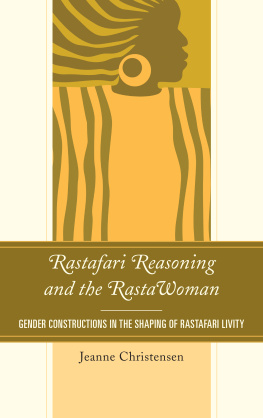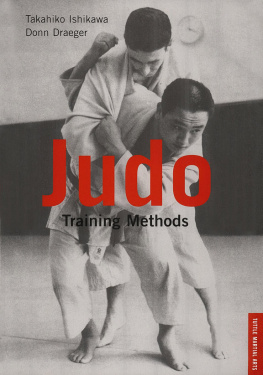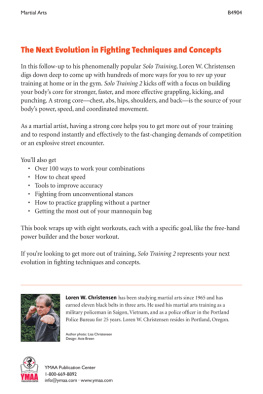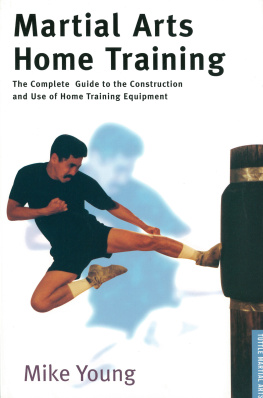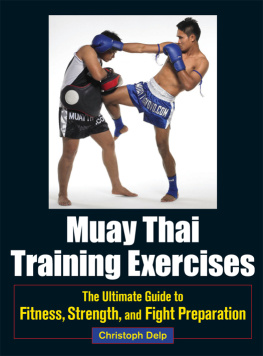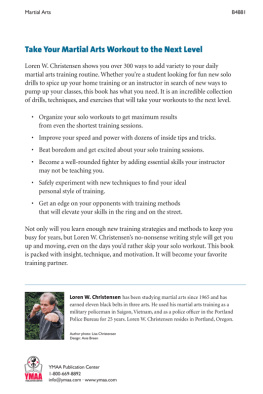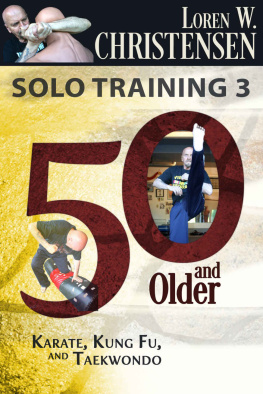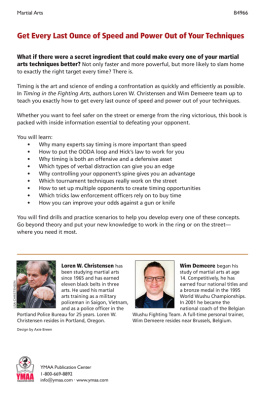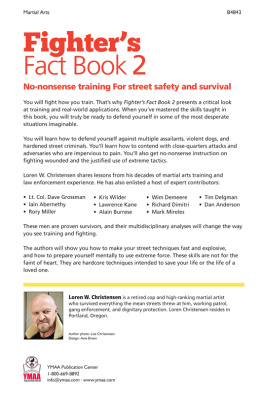Table of Contents
SOLO TRAINING
Copyright 2001 Loren W. Christensen. All rights reserved. Printed in the United States of America. No part of this book may be reproduced without written permission except in the case of brief quotations embodied in articles or reviews. For information, address Turtle Press, PO Box 290206,Wethersfield CT 06129-0206.
To contact the author or to order additional copies of this book:
Turtle Press
P.O. Box 290206
Wethersfield, CT 06129-0206 1-880-77-TURTL
ISBN 1-880336-59-6
LCCN 2001027069
Printed in the United States of America
10987654321
Library of Congress Cataloguing in Publication Data
Christensen, Loren W.
Solo training : the martial artists guide to training alone / by Loren W. Christensen p. cm.
Includes index.
ISBN 1-880336-59-6
1. Martial arts--Training. I. Title.
GV1102.7.T7 C455 2001 769.8--dc21 2001037069
Much love to my wife, Donna, and my children, Carrie, Dan, Amy and Kelly, for their support during my writing projects. I know Im always hard to live with during those last two drafts.
Using This Book
Throughout Solo Training, you will find icons that highlight important sections:
Sometimes you need to take extra care during your training. The caution symbol calls your attention to these places in the text.
Get the most out of every workout by paying special attention to these workout tips.
Advice you dont want to miss. Dsicovering the reasons behind the drills is just as important as doing the reps.
Although this is designed to be a book about training alone, some drills can be done with a partner. When you see this symbol, call up a friend!
Streamline your training for maximum impact with these expert training tips.
Introduction
I was 19 years old when I began studying karate in Portland, Oregon, and I fell in love with it the first time I saw that room full of people dressed in their white jammies, kicking and punching like a chorus line of dancers gone mad. I joined that night and quickly became one of the mad ones, devouring all the goodies like a chocolate lover in a candy store.
In the beginning, I had a hard time with the kicks because I was recuperating from a spinal injury I had suffered months earlier in a power lifting contest. The doctors told me to quit lifting and to find something else to do with my youthful energy that was less strenuous, like checkers or stamp collecting. It was 1965, and I, along with most of America, was uninformed as to what the martial arts were all about. I had heard something about karate, so I thought that it might be an easy-on-my-back way to burn some calories. Naive, huh?
That first class taught me how to rotate my hand when doing something called a reverse punch and how to sit in a.... a what? A horse stance? When the session was over, I was pleased to find that my back had survived, but that second class was a different story. That was when we were introduced to the front kick, and man oh man, did it ever hurt my lower back. Not only were my injured spine and damaged nerves rebelling against lifting my legs, but the tight adhesions that had formed over the injury prevented me from kicking higher than a short persons knee cap. I wasnt sure what I was going to do. After two lessons, I was already in love with karate and there was no way I could give it up before I had even started.
I decided to work on the problem at home. I held onto the back of a kitchen chair and swung my leg slowly forward and back, like an ancient, creaking pendulum. It made for some serious sweat-producing pain, but each day I trained at home, my leg went an inch or two higher to the front and a tad higher behind me. In class, I continued learning new material, which I did as well as I could. But at home and at my own pace, I pushed to break down the adhesions and work through the pain. Within a few weeks, I was able to kick as well as the other new students.
My instructor had not been sensitive to my problem and had been too busy with the huge school to give me special attention. If it had not trained alone at home, where I worked specifically on what I needed to work on, I would have never progressed. In fact, I would have probably dropped out because of my inability to do the techniques.
Although I initially trained alone to work through my injury, I discovered I enjoyed those workouts and began doing them regularly. I still lived with my parents then, and my mother complained that I was killing the grass in the backyard where I trained virtually every day. I also worked out in my bedroom, kicking at my bed post and standing along the wall trying to snap my punch out and back so fast that my fist wouldnt make a shadow. What the heck are you doing in there? my dad would call out at 2:00 a.m. when my snapping kicks and punches would awaken him.
For the next two years I enjoyed many wonderful workouts training alone. I continued to train in the backyard and in my bedroom, but I discovered other places, too. The garage, which had a dirt floor then, was dark and dank, but I trained in it anyway. I trained in my buddys basement, as he slept away in another room, and I trained in the country under towering fir trees.
In the summer of 1967, I got a letter from Uncle Sam that read (after you cut through all the government-speak), We want you in the Nam, boy. A month later I was off to the army. Boot camp and military police school were so intense that there was no time for karate training, though I did get a little hand-to-hand and judo training as part of the curriculum. But in my next four stops, K-9 school in Texas, security dog patrol duty in the Florida Everglades, Vietnamese language school in Washington, D.C. and police duty in the Vietnam, I managed to train alone and sometimes with the occasional training partner. I even attended a regular karate class for a while.
I shared a room with another soldier in Texas, but I was able to train alone when he was out drinking. In Florida, I attended a Japanese karate school in Miami, but when I trained alone in the Everglades, it was either in my room or behind the barracks, always vigilant for scorpions, snakes and gators. In Washington, D.C., I trained with a member of the armys elite fighting force, the Green Berets. I also trained alone in my room, though it measured only 10 by 12 feet, which didnt allow for a lot of training space with the bed and night stand. So I got inventive when I practiced kicks, I raised the window and launched my foot out the opening (which must have looked rather strange from the ground). In my job as a military policeman in Vietnam, I had so much practical application of my techniques that I hardly needed practice. When I did, I would do it in an empty room or on a dusty road out in the boonies.





